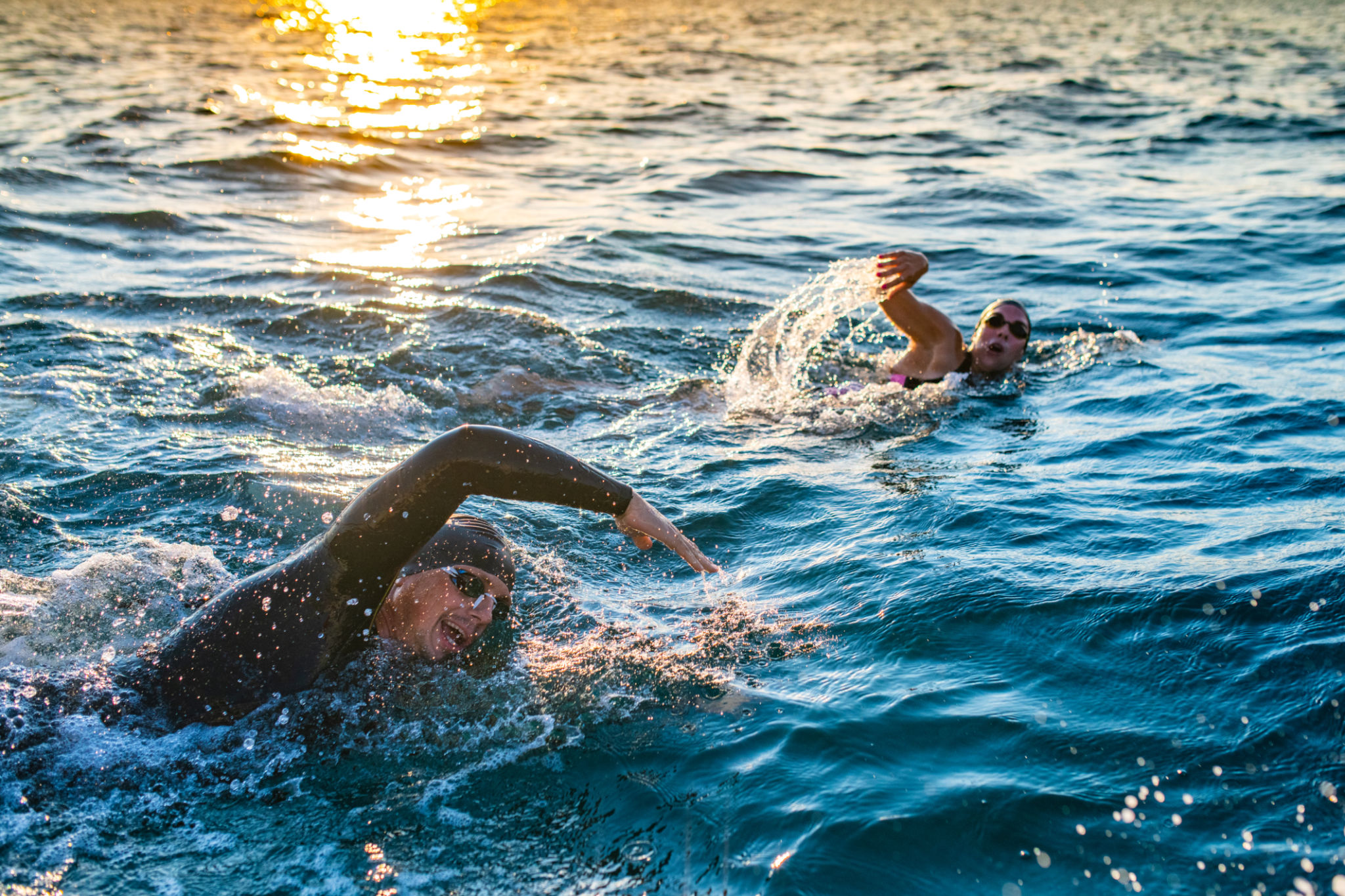Common Misconceptions About Long-Distance Triathlons
Misconception 1: Long-Distance Triathlons Are Only for Elite Athletes
One of the most common misconceptions is that long-distance triathlons are exclusively for elite athletes. While it's true that these events are challenging, they are also designed to be inclusive. Many participants are everyday individuals who have trained diligently to achieve their personal goals. The key is commitment and consistent training, rather than an inherent, exceptional athletic ability.
Training for a long-distance triathlon takes time and dedication, but with the proper guidance and determination, it is achievable for anyone willing to put in the effort. So, whether you're a beginner or a seasoned athlete, long-distance triathlons can be a part of your fitness journey.

Misconception 2: You Need Expensive Gear to Compete
Another common myth is that you need high-end, expensive gear to participate in a long-distance triathlon. While having top-of-the-line equipment can enhance performance, it's not a necessity. Many athletes successfully complete their races with basic gear. What matters most is the quality of your training and preparation.
For beginners, it's advisable to start with what you have and gradually invest in better equipment as you progress. Prioritize comfort and fit over brand names or price tags, especially when it comes to essentials like running shoes and a bike helmet.
Misconception 3: Long-Distance Triathlons Are Dangerous
While any sport carries some level of risk, long-distance triathlons are not inherently dangerous when proper precautions are taken. Event organizers prioritize safety by providing medical support, clearly marking courses, and enforcing strict rules to ensure participant safety. Additionally, athletes are encouraged to undergo health checks before participating to ensure they are physically ready for the challenge.

Misconception 4: You Must Train Every Single Day
Some believe that rigorous daily training is essential for preparing for a long-distance triathlon. However, effective training plans emphasize quality over quantity. Rest days are an integral part of training as they allow the body to recover and adapt to increased demands.
A well-structured training plan will include a mix of swim, bike, and run sessions, along with strength training and rest days. This balanced approach helps prevent burnout and injuries while boosting overall performance.
Misconception 5: Nutrition Is Not That Important
Nutrition is often overlooked but plays a critical role in triathlon success. Proper nutrition fuels your body during training and on race day, impacting your energy levels and recovery. A balanced diet rich in carbohydrates, proteins, and healthy fats is essential.

During the race, understanding how your body responds to different foods and hydration strategies can make a significant difference in performance. Experiment with nutrition plans during training to find what works best for you.
Conclusion
Long-distance triathlons can seem daunting due to misconceptions about their accessibility and requirements. However, by dispelling these myths and focusing on preparation, anyone can take on the challenge. Remember that the journey is as rewarding as the finish line itself, offering personal growth and a sense of accomplishment.
By understanding and addressing these common misconceptions, you can approach long-distance triathlons with confidence and enthusiasm. Whether you're eyeing your first event or looking to improve upon past performances, embrace the challenge with an open mind and a well-rounded perspective.
